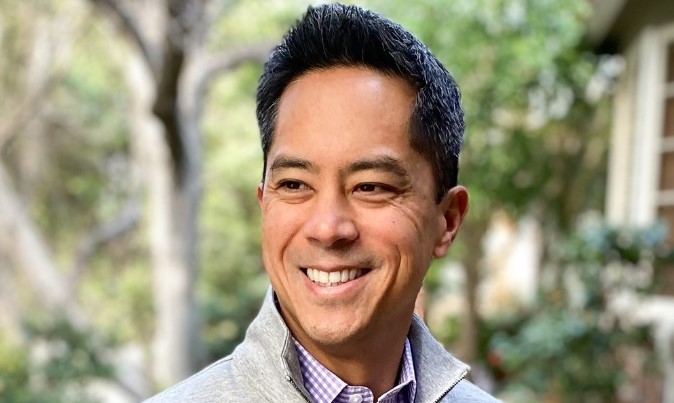Spafax’s Arthur Cuyugan on Transitioning to Cloud-Based Infrastructure
Share

Spafax has long worked with discerning airline clients including JetBlue and Qatar Airways. Recently, it deepened its partnership with the Lufthansa Group, which spans five carriers. As its business grows, both in terms of the number of customers and the company’s ambitions, it is important the content service provider’s technical capabilities can rise to the occasion.
APEX Insights spoke to Arthur Cuyugan, SVP Technical Services, about how Spafax’s Hollywood-based 6,000-square-foot production facility, The Hub, has spent the last year enhancing its cloud-based infrastructure to maximize efficiency during the content delivery workflow.
Rather than being completely cloud-based, Cuyugan clarified that The Hub operates a “hybrid cloud environment,” wherein it has re-architected its existing hardware to run cloud-based software “on-premises.” He said this was a conscious choice, as it enables the steady growth of a secure, certified airline-specific system that doesn’t jeopardize Spafax’s Trusted Partner Network status, as appointed by the Motion Picture Association.
Spafax’s content automation process is called Sprint, and is enabled by carefully customized software built on the robust storage and computing resources of Amazon Web Services. It operates smart workflows in the cloud for the automated delivery of inflight entertainment (IFE) to the system integrator. A sophisticated encoding process based on validated rules quickly handles even complex tasks, while giving The Hub staffers an accurate view of what stage a piece of content is in at any given time.
“A wider selection of fresh content is a feature that can give one airline the competitive edge over another.”
Arthur Cuyugan, Spafax
“There’s a misconception that by using the cloud we’ll be processing content faster. That’s not entirely the case. The critical benefit of cloud-based processing is that we can process an increased amount of content at the same time,” Cuyugan continued. Spafax has achieved this partly by using industry-standard technology that allows it to run up to a dozen systems concurrently on one piece of hardware. This means that while the company has invested heavily in its “virtualization,” the footprint of its data center hasn’t had to grow exponentially as a result.
It also means that the team can stay relatively small – it currently stands at just over 30 people – which Cuyugan says allows The Hub to be be agile in its approach to problem-solving, even while working with over 1,000 studios, distributors, labels and other content partners across the globe.
“This new setup means the time between us receiving the content for processing and delivery from the airline can be as little as just four hours, if the piece of content is short. Movies obviously take a little longer” he stated. While uploading the content across various airline systems is still a pain point for integrators, who receive the content from Spafax and get it onto the physical aircraft, he believes that further collaboration will continue to reduce the operational timelines.
In terms of the reason for moving to cloud-based products and processes, Cuyugan said the primary reason is scalability. He believes airline requirements for a greater variety of more frequently updated content is a trend that won’t stop any time soon, because it’s a win-win for all parties.
“For passengers, it’s a convenience thing,” he noted. “Yes, we can download content onto our own devices ahead of the flight, but I travel frequently and often forget to do it or just don’t have the time. This means a wider selection of fresh content is a feature that can give one airline the competitive edge over another. And of course, it’s also an advantage for distributors, who have a vested interest in getting their content onboard.”


